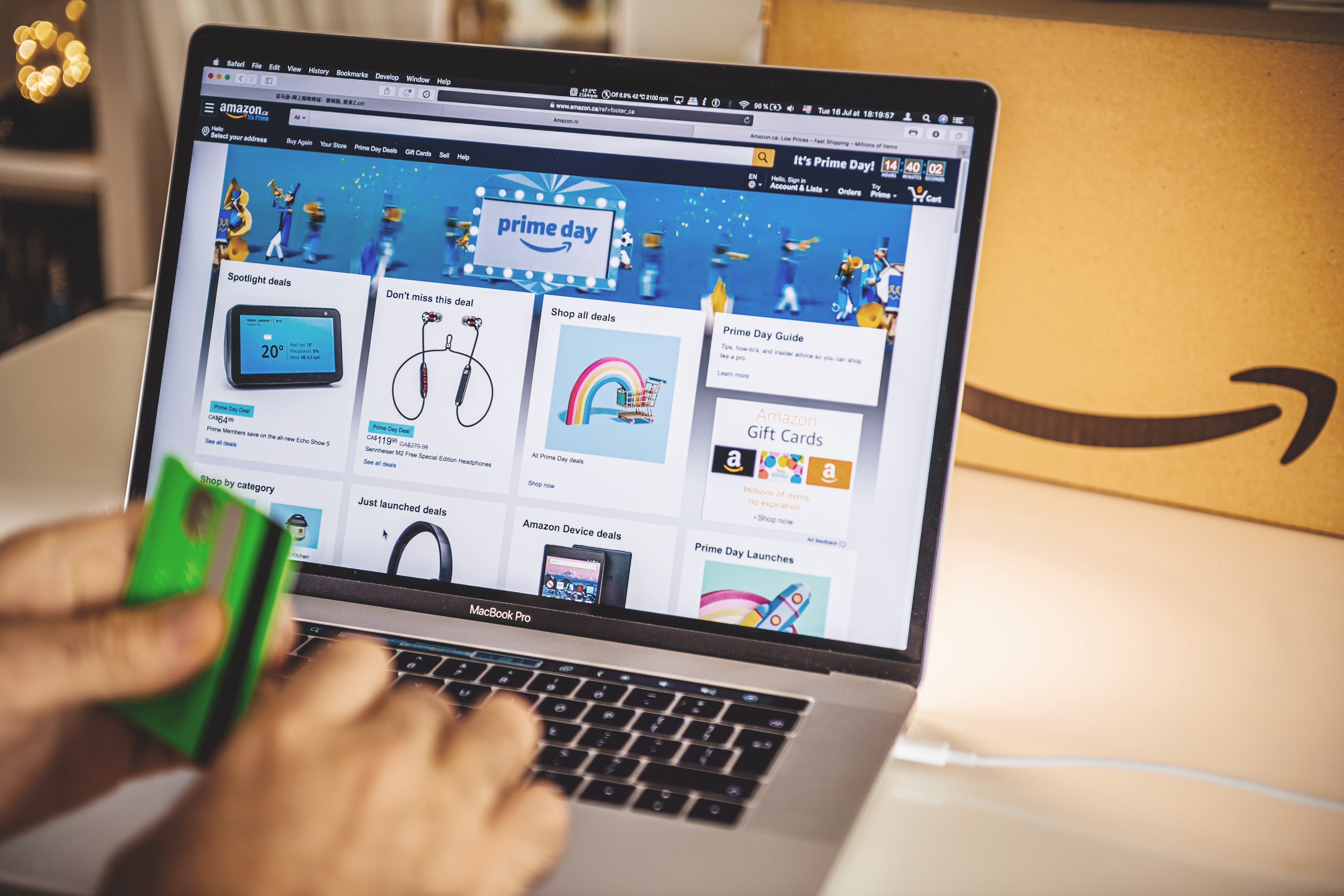Amazon Prime Day is a highly anticipated event for both shoppers and sellers. Since its launch in 2015, Prime Day has become one of the largest online shopping events, with sales estimated at $12 billion worldwide in 2022. For sellers, it's an opportunity to boost sales and attract new customers. For shoppers, it's a chance to snag some great deals. Whether you sell on Amazon or not (read on to learn about the Prime Halo Effect), now is the time to be sure you’ve checked off all the right boxes to be sure your business is ready for Prime Day. While Amazon hasn’t officially announced the dates of Prime Day 2023, the consensus is that it will fall in mid-July this year. That leaves you just over 2 months to be sure you’re ready.
1. Be crystal clear on your goals and objectives
The first step in preparing for Amazon Prime Day is to be crystal clear on your goals and objectives. By now, you should have identified the products you want to promote during Prime Day and should be centering your strategy around those products. Determine your target audience and plan promotions and budget accordingly. Identify the key performance indicators (KPIs) you’ll use to measure success and identify (and allocate!) an appropriate budget. It’s important to understand your margins and not go beyond what makes sense for your brand and profitability.
2. Review Your Product Listings on Amazon and Your Website
Optimizing your Amazon product display page (PDP) is essential to stand out from the competition. Be sure your product images, descriptions, and reviews are clear and accurate. Are you using the right keywords to make it easy for consumers to find your product? Are your product descriptions interesting and easy to read? Do your products have positive reviews? The more you do now to stand out against your competition, the better.
If you aren’t selling on Amazon during Prime Day, you should still prepare for a lift in traffic on your site. Conduct a website audit to ensure you're ready for an increase in volume and think about products you want to promote online. The “Prime Day Halo Effect” is a real thing, and you should expect to see an increase in sales on your own site, even if you aren't selling on Amazon.
3. Get your inventory and fulfillment strategy ready
Now that you’ve tackled the “what” and “how” of the things you are going to sell, you need to be sure you have enough product in stock to support your sales. Analyze past Prime Day events to ensure you have the right inventory in stock. If you’ve never sold during Prime, use peak sale events as a starting point to build your forecasts. You’ll want to be sure you have enough inventory on hand to meet consumer demand but not too much that you are carrying excess inventory.
Sitting on excess inventory? Prime Day is a great time to clear out old inventory–creating “Prime Day” bundles with older inventory is a great way to clear out old products and make space for new ones!
Don’t forget to evaluate your shipping logistics and plan for increased order volume, while also considering cloud cost management. Contact carriers and be sure they are ready for your increase in volume and be sure you are staffed up to handle the volume.
4. Nail Down your marketing plan
Consumers expect DEALS on Prime Day, and sharing those deals through social media, email marketing campaigns, and paid advertising is important to stay competitive. Leveraging Amazon's advertising tools to increase visibility and sales is another way to increase visibility of your brand and product. Consider running exclusive promotions for Prime Day shoppers. If possible, consider planning to go live on Amazon Live on Prime Day and talk about your deals/take advantage of the increased traffic
5. Review and plan for the future
Once Prime Day ends, it’s time to review your KPIs and follow up with your shoppers. Where did you succeed, and where could you have been more successful? Think of Prime Day as a test run for Peak Season and use the insights gained to improve your future Prime Day strategies and double down on success in Q4. Don’t forget about your customer after Prime ends; follow up with customers who purchased products from you, and be sure to follow up on reviews they leave. The more engaged you stay with your customer, the better.
Conclusion
Amazon Prime Day is not your ordinary sales event, and planning ahead is critical to be sure you can take advantage of the boost in sales and create brand awareness. Remember too that Prime Day is not just about the event itself but also about the insights and learnings you gain that can inform your future strategies. By following these steps and staying engaged with your customers, you can make Prime Day a success for your business and pave the way for even greater success in the future. So, get ready and start preparing for Prime Day now!
For more industry tips and insights, be sure to subscribe to our blog, and be on the lookout for Extensiv’s Peak Season Playbook coming later this summer. Want even more in-depth insights for how to prepare for Prime Day this year? Attend the Amazon Prime Day 2023 Prep Panel webinar on Wednesday, May 24!
-
You’ll read about:
Be the first to know
Subscribe to our newsletter





